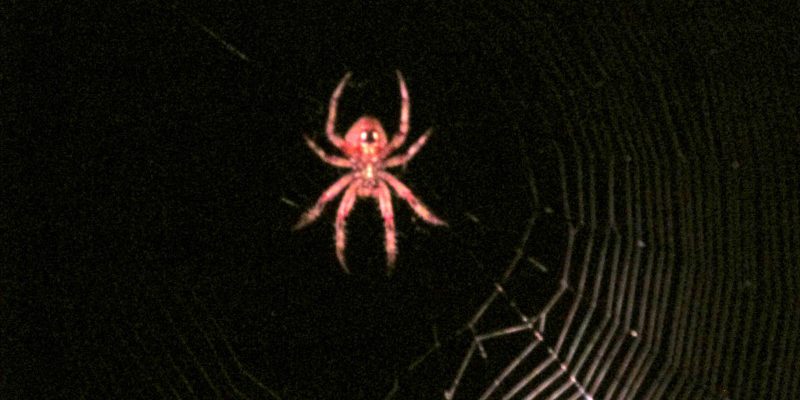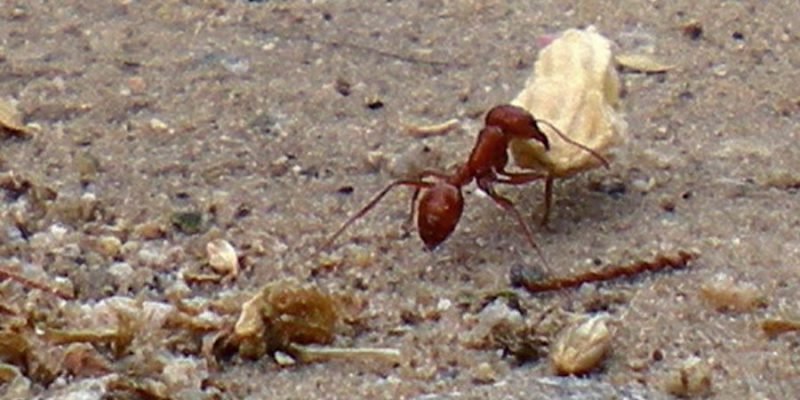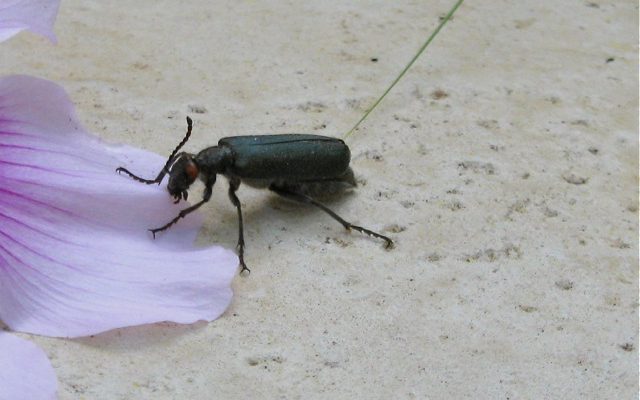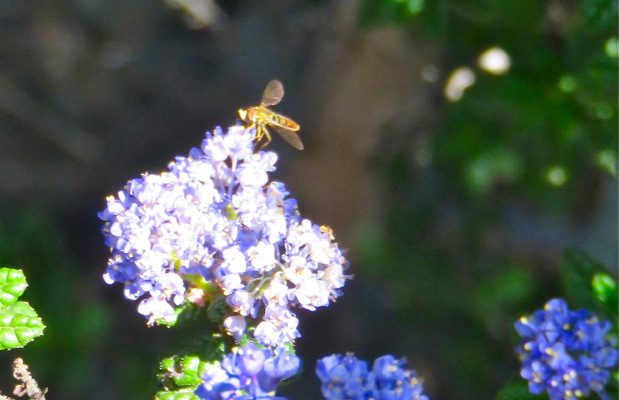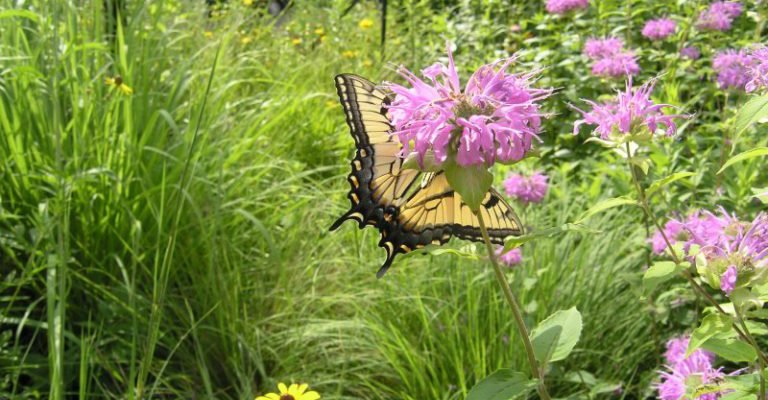E.B. White’s Charlotte Web was my favorite childhood book, and I’ve loved spiders and pigs ever since. Luckily my husband also shares my passion for our non-human creatures. When summer comes, this means we get to roam our property at night with flashlights and especially watch the …
Our Welcome (and not welcome) Nature Guests
Our housesitter called when we were away to say that we hadn’t told her about our unexpected friend. At dusk she had walked out onto the back patio and discovered a 5-foot gopher snake slithering along the house. Knowing our respect for critters, she successfully whisked it away with a broom. …
Continue Reading about Our Welcome (and not welcome) Nature Guests
Bugs! and Other Photos from Our Yard
Our yard is alive with wildlife this spring, so thought I would post some photos of the critters and a few native plants they're especially attracted to. The insects attract a host of larger insects and in the chain of life, they in turn attract a rich bird and lizard population that feeds on them …
Native Bees and Other Wildlife Find Our Home
What a joy this spring to walk around our yard here in Southern California - a former lawn now full of native and other wildlife-attracting plants. The native bees have arrived in higher numbers, challenging the busy honeybees on our blooming ceanothus and lavender. Our resident Anna's hummingbird …
Continue Reading about Native Bees and Other Wildlife Find Our Home
Go Organic — and plant milkweed — to Save Monarchs
Note: A more recent post is available that discusses the milkweed varieties (tropical vs native) in the comments section An article on page three of today's Los Angeles Times talked about declining monarch butterfly numbers in Mexico where it winters. But here is an important takeaway that was …
Continue Reading about Go Organic — and plant milkweed — to Save Monarchs
Our Vital Pollinators: Birds, Bats, Bees and Butterflies
Pollinators - birds, bats, bees and butterflies - are critical. They pollinate over 200,000 of the world’s flowering plants, including 80% of our food plants. The genetic material they transfer allows seeds to form, which continue the species. Kurt Leushner, a popular professor at the …
Continue Reading about Our Vital Pollinators: Birds, Bats, Bees and Butterflies
